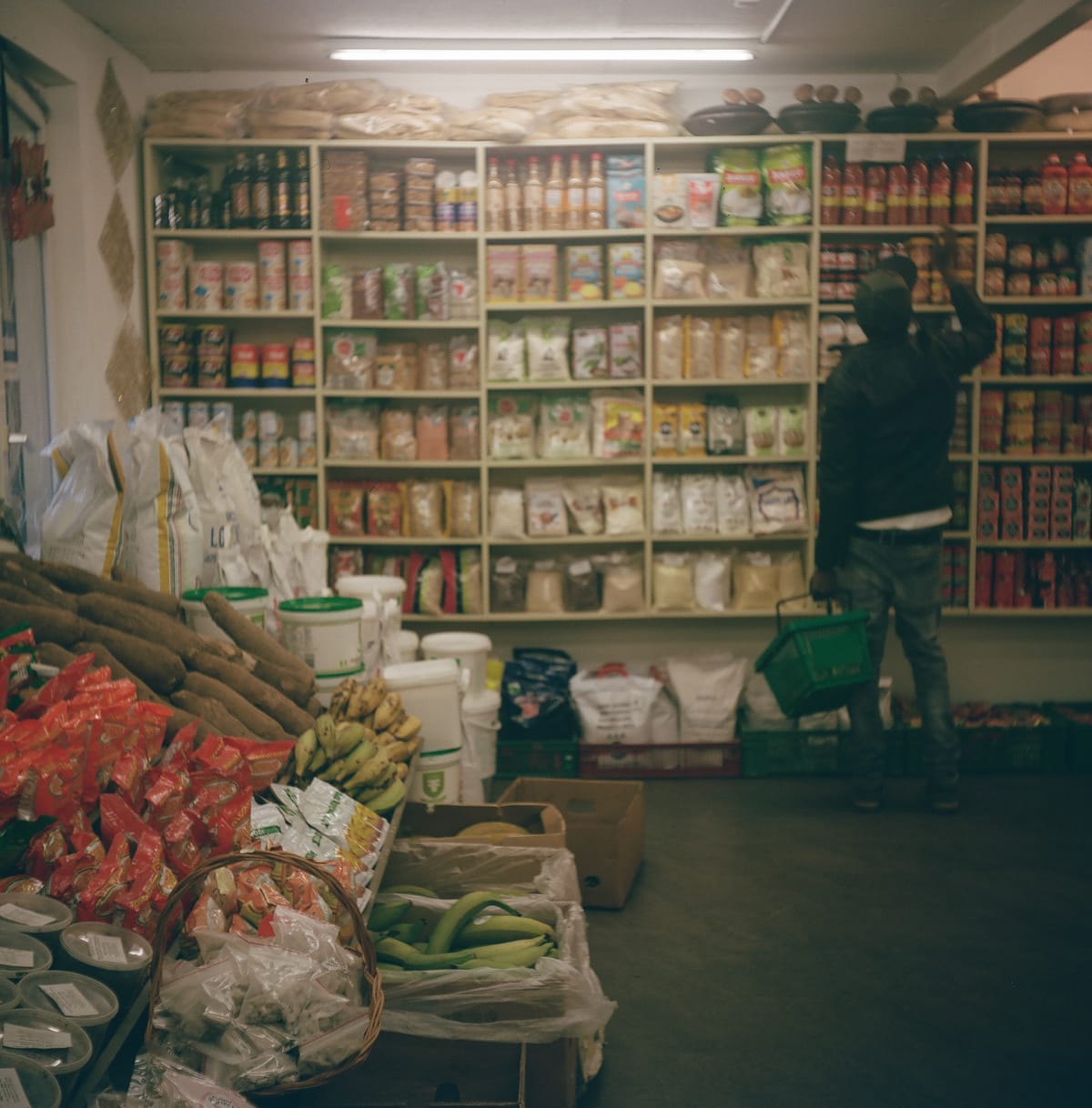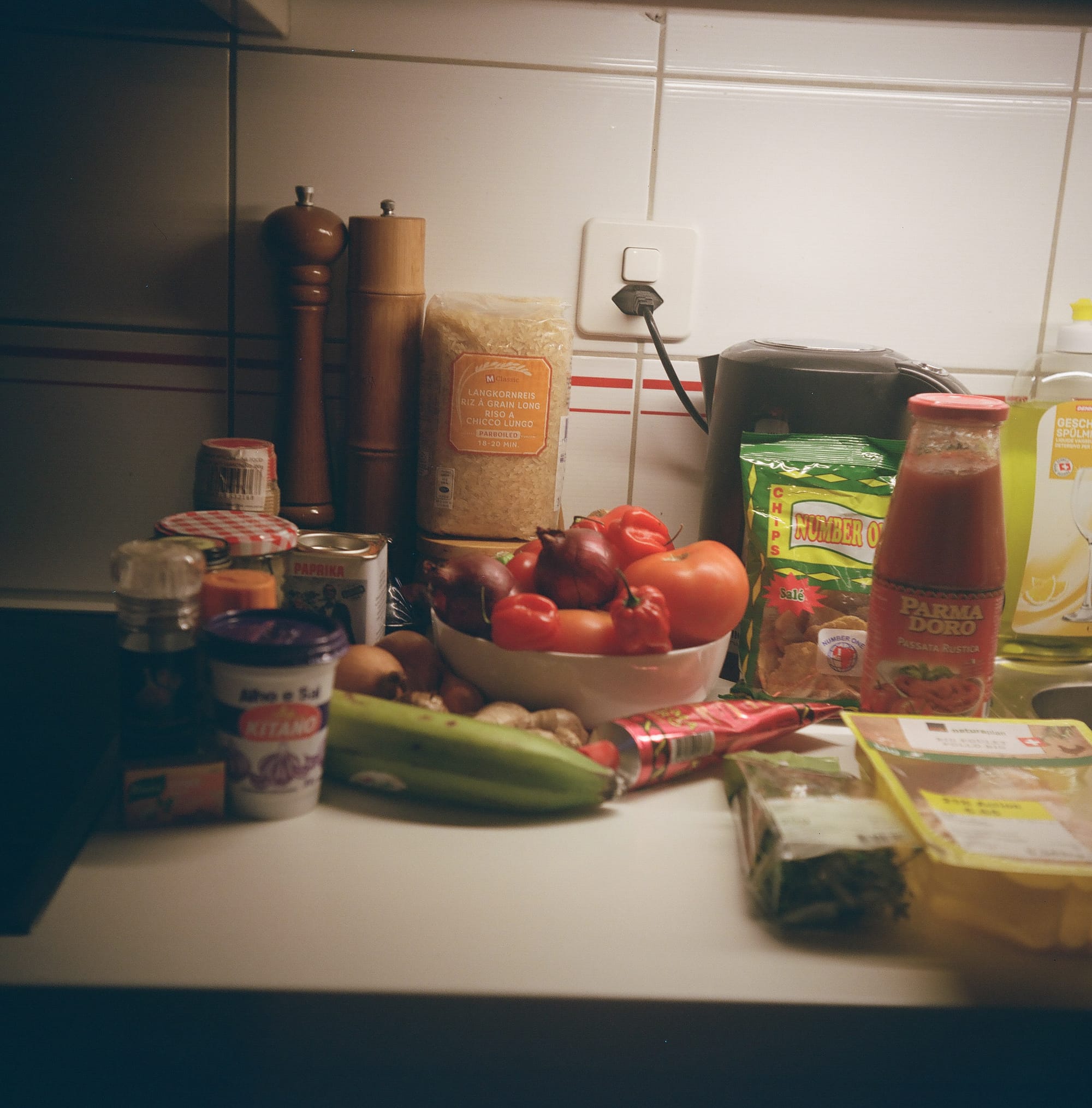What to eat NIGERIA 🇳🇬 Jollof rice
Nigeria’s national dish is indisputably jollof rice, with every region of the country offering its own combination of flavors and textures and adaptations based on local traditions.

Jollof rice
Published January 19, 2024 · by Amanda Rivkin
From a young age, my father began taking me to New Orleans, Louisiana, in the American South. In one breath I fell in love with the food, the people, and the music. There is Jerusalem and then there is the heaven on this earth of the American South, and its name is New Orleans. If there is a temple there, it is the flavorful food, and also the music, but the food is where you can really, truly taste the soul of the people. In the music, you hear this soul.
While there was obviously something Black and very American about it, my thoughts never strayed towards the Atlantic, where a slave trade operating for centuries imported people as chattel and with them the flavors we in the new world have come to know as delicious. The human experience of exile, forced in different forms by violence, coercion and threats, is paradoxically one of our greatest sources of culinary creativity. All that heart and soul and sense of displacement gets telegraphed with love of home in the kitchen.
So it is with this in mind, we turn to jollof rice, a cousin of the Cajun dish jambalaya. In some senses, jollof rice has more depth, verisimilitude and is accompanied by fried plantains often in a Nigerian context, something that made its way back to Africa via the same trade route from the Americas. If there is a food yet where I discovered the taste of some of the best flavors of home, it is this.
Nigeria’s national dish is indisputably jollof rice, with every region of the country offering its own combination of flavors and textures and adaptations based on local traditions. The dish itself though is believed to have originated as well outside of Nigeria, in Senegal with the Wolof people. Traveling these ancient trade routes, it found a home across West Africa, where the francophone countries know it as riz au gras, or fat rice. Another theory is that Duja traders from the Malian empire brought Islam and jollof rice to Nigeria along with their blacksmith crafts and small market goods.
The current version of the dish, however, may be no earlier than the nineteenth century. This is due to the fact that “new world” ingredients including tomatoes, tomato paste, peppers, curry, thyme and varieties of Asian rice that are used suggest as much. The name “jollof” itself is Wolof for “one pot.”
Over time, the dish became integral in Nigerian cuisine, with its version including such key ingredients as par-boiled long grain rice, tomatoes, onions, both red and green peppers, garlic, ginger, spices including curry powder and bouillon. In Nigeria, jollof rice is often served in a communal dish.

Recipe
Ingredients:
2 bell peppers
3 tomatoes
4 habanero peppers (or scotch bonnet)
3 purple or red onions
3 shallots (or several cloves of garlic)
1 yellow onion
Olive oil
Salt
Bay leaves
Hot paprika
Fresh thyme
Cajun or creole seasoning
Garlic salt
Ground garlic
Habanero molido
Jollof rice seasoning
Curry powder
Sunflower seed oil
600 grams of pureed tomatoes
200 grams of tomato paste
100 grams of long grain, par-boiled rice
1 chicken bouillon cube
Step 1: Pre-heat oven to 200 degrees.
Step 2: Grease a baking tray with oil and cut up the two bell peppers, tomatoes, two purple onions and one shallot into quarters. Place on a baking tray and add salt, hot paprika, several bay leaves and fresh thyme and drizzle with olive oil. Roast in the oven at 200 degrees for 30 minutes until dehydrated and semi-crispy. Allow to cool somewhat as you do not want it piping hot before the next step.
Step 3: Remove the bay leaves and thyme and save for making stock. Place the oven-roasted vegetables into a food processor or in a large enough bowl with high sides that a hand-held food processor can be used without splatter. Set aside.
Step 4: In the pan used to roast the vegetables, lay out the chicken wings. Season with everything except the curry and salt which will be used in the jollof rice. Let sit for ten minutes.
Step 5: Place sunflower seed oil in a wide pan with sides that can be covered with a lid. Turn heat to high and add a shallot in two and thyme to the oil and a drop or two of water. When the water begins to pop, add the chicken wings and allow to cook on both sides. Place on a tray or plate covered with paper towels to absorb excess oil.
Step 6: Turn oil to low and add the pureed roasted vegetables. Stir until much of the oil is absorbed. Add canned or bottled pureed tomatoes first and stir until the mixture is consistent yet with bits of pulped tomatoes and peppers. Then add tomato paste and continue stirring. Cover for five minutes.
Step 7: Dice one shallot and one yellow onion, adding, covering, and stirring in to incorporate to sauce as ready. After the yellow onion is diced, add, stir, cover with a splatter guard and wait five minutes.
Step 8: Rinse the long grain par-boiled rice 2-3 times until water runs clear.
Step 9: Time to add spices! I recommend adding a tablespoon of everything previously used to season the chicken wings plus two tablespoons of curry and one tablespoon of salt. Stir and cover with a splash guard for five minutes.
Step 10: Add the rinsed rice and combine with the tomato and pepper-based rue.
Step 11: Add a bouillon cube and water to the thyme and bay leaves saved earlier from the oven-roasted vegetables. After about five minutes, add about 150 grams of the liquid to the tomato sauce, cover with foil and a lid and turn to low heat for 30 minutes.
Step 12: Preheat oven to 200 degrees.
Step 13: Slice one tomato and one red onion and two habanero peppers. Add to the rice after 30 minutes and stir with a wooden spoon. Cover again with foil and lid, wait 20 minutes.
Step 14: Return chicken wings on tray to oven for fifteen minutes. Time with rice and adjust accordingly.
Step 15: Serve the jollof rice with the chicken wings on the side.
Yes, that’s how seriously amazing standout jollof rice is. The chicken is the side dish and not the other way around.
Tips, tricks and notes:
After you add the rice, only use a wooden spoon.
The splash guard may seem unnecessary, oh but it is so necessary! Invest in one and save some clothing from entering a landfill or become cleaning rags.
For African ingredients and to find plantains, which you may want to fry as a side for the Jollof rice, Tropical Zone in Bern is a lovely shop that also has a hair salon and beauty products at Herzogstrasse 16.
Learn where to eat Nigerian food in Switzerland.
Follow our social media pages @swissglobaldining on Instagram, TikTok and YouTube